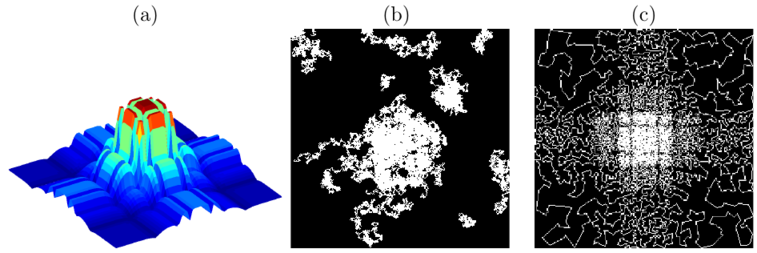Section: New Results
Variable density sampling with continuous trajectories. Application to MRI.
Participants : Nicolas Chauffert, Philippe Ciuciu [correspondant] .
Reducing acquisition time is a crucial challenge for many imaging techniques. Compressed Sensing (CS) theory offers an appealing framework to address this issue since it provides theoretical guarantees on the reconstruction of sparse signals by projection on a low dimensional linear subspace. In this paper, we focus on a setting where the imaging device allows to sense a fixed set of measurements. We first discuss the choice of an optimal sampling subspace (smallest subset) allowing perfect reconstruction of sparse signals. Its standard design relies on the random drawing of independent measurements. We discuss how to select the drawing distribution and show that a mixed strategy involving partial deterministic sampling and independent drawings can help breaking the so-called "coherence barrier". Unfortunately, independent random sampling is irrelevant for many acquisition devices owing to acquisition constraints. To overcome this limitation, the notion of Variable Density Samplers (VDS) is introduced and defined as a stochastic process with a prescribed limit empirical measure. It encompasses samplers based on independent measurements or continuous curves. The latter are crucial to extend CS results to actual applications. Our main contribution lies in two original continuous VDS. The first one relies on random walks over the acquisition space whereas the second one is heuristically driven and rests on the approximate solution of a Traveling Salesman Problem. Theoretical analysis and retrospective CS simulations in magnetic resonance imaging highlight that the TSP-based solution provides improved reconstructed images in terms of signal-to-noise ratio compared to standard sampling schemes (spiral, radial, 3D iid...).
|
More details can be found in [15] .


